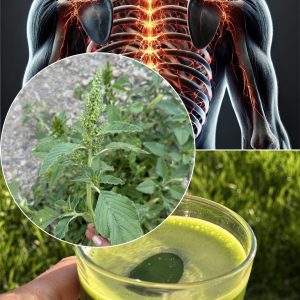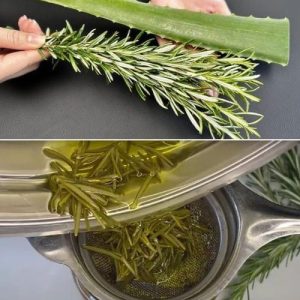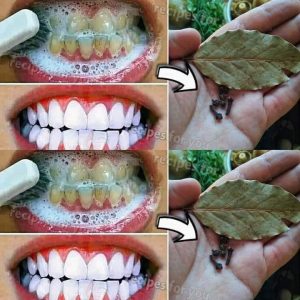Purslane is an often-overlooked weed that packs a nutritional punch. This resilient plant is rich in vitamins and omega-3 fatty acids, making it a valuable addition to your diet. Here’s what you need to know about purslane and how you can incorporate it into your meals.
Nutritional Benefits of Purslane
Vitamin D: While not typically known for high vitamin D content, purslane contains trace amounts of this essential nutrient, contributing to overall health.
Omega-3 Fatty Acids: Purslane is one of the richest plant sources of omega-3 fatty acids, which are crucial for heart health and reducing inflammation.
Vitamins and Minerals:
- Vitamin A: Supports vision and immune health.
- Vitamin C: An antioxidant that helps protect the body from free radicals.
- Vitamin E: Another antioxidant that supports skin health.
- Magnesium, Calcium, and Potassium: Essential minerals for various bodily functions, including bone health and muscle function.
Antioxidants: Purslane contains betalain alkaloid pigments, such as beta-cyanins and beta-xanthins, which are potent antioxidants.
How to Identify Purslane
Purslane is a succulent with thick, fleshy leaves and stems. The leaves are small, round, and smooth, while the stems are reddish and spread horizontally across the ground. It typically grows in sunny areas and can often be found in gardens, yards, and sidewalks.
How to Harvest Purslane
- Identify the Plant: Ensure you have correctly identified purslane and not a similar-looking plant. Purslane has a distinct appearance with its reddish stems and thick, fleshy leaves.
- Harvesting: Use scissors or garden shears to cut the stems. You can harvest the entire plant or just the top few inches to allow it to regrow.
- Clean Thoroughly: Rinse the harvested purslane thoroughly under running water to remove any dirt or debris.
How to Use Purslane in Your Diet
1. Fresh Salads
Ingredients:
- Fresh purslane leaves and stems
- Mixed greens (lettuce, spinach, arugula)
- Cherry tomatoes
- Cucumber slices
- Olive oil and lemon juice for dressing
Instructions:
- Combine Ingredients: Mix purslane with your favorite salad greens and vegetables.
- Dress the Salad: Drizzle with olive oil and lemon juice, then toss to combine.
- Serve: Enjoy as a refreshing and nutritious salad.
2. Sautéed Purslane
Ingredients:
- 2 cups fresh purslane
- 1 tablespoon olive oil
- 2 cloves garlic, minced
- Salt and pepper to taste
- Lemon wedge for serving
Instructions:
- Heat Oil: Heat olive oil in a pan over medium heat.
- Sauté Garlic: Add minced garlic and sauté until fragrant.
- Add Purslane: Add the purslane and cook for 3-5 minutes until it wilts.
- Season: Season with salt and pepper.
- Serve: Squeeze a lemon wedge over the top before serving.
3. Purslane Smoothie
Ingredients:
- 1 cup fresh purslane
- 1 banana
- 1/2 cup yogurt
- 1/2 cup water or almond milk
- 1 tablespoon honey (optional)
Instructions:
- Combine Ingredients: Add all ingredients to a blender.
- Blend: Blend until smooth.
- Serve: Pour into a glass and enjoy as a nutritious smoothie.
Tips for Incorporating Purslane
- Substitute for Spinach or Lettuce: Use purslane in place of spinach or lettuce in recipes for a nutritional boost.
- Add to Soups and Stews: Stir chopped purslane into soups and stews towards the end of cooking.
- Toppings: Use fresh purslane as a topping for tacos, sandwiches, or avocado toast.
Conclusion
Purslane is a nutrient-dense plant that offers a variety of health benefits. Rich in omega-3 fatty acids, vitamins, and antioxidants, it’s a fantastic addition to your diet. Whether you eat it fresh in salads, sauté it, or blend it into smoothies, purslane is a versatile ingredient that can enhance your meals while contributing to your overall health. Don’t overlook this valuable plant growing in your yard—embrace its benefits and enjoy its unique flavor!





